- About us
- Support the Gallery
- Venue hire
- Publications
- Research library
- Organisation chart
- Employment
- Contact us
- Make a booking
- Onsite programs
- Online programs
- School visit information
- Learning resources
- Little Darlings
- Professional learning
Christina 'Chrissy' Amphlett (1959–2013) was best known for her energetic performances as the lead singer of the Divinyls, which she formed in 1980 with guitarist Mark McEntee. They played in grimy Kings Cross venues before being cast – as a band – by director Ken Cameron in the film version of Helen Garner's book Monkey Grip. The single 'Boys in Town', performed in the film, became a top ten hit, and was followed by their first album, Desperate (1983). Over the next decade, the band became part of the international Australian music assault that included INXS and Crowded House. They remained largely based in Paris and the US, where they scored a hit single in 1991 with 'I Touch Myself'. Amphlett's autobiography, Pleasure and Pain, was released in 2005; two years later, she announced that she suffered from multiple sclerosis, and in 2010 she was diagnosed with breast cancer. She died in New York in 2013.
In an interview about her portrait, painted by photorealist artist Ivan Durrant, Amphlett said: 'I suppose in a man's world of rock and roll, I perpetually had a finger raised to people because I copped a lot of flak. So I was often called temperamental … I think you can instantly look at that painting and have a sense of the biography of my life.'
Gift of the artist 2001. Donated through the Australian Government's Cultural Gifts Program.
© Ivan Durrant/Copyright Agency, 2024
Ivan Durrant (1 portrait)



On one level The Companion talks about the most famous and frontline Australians, but on another it tells us about ourselves.
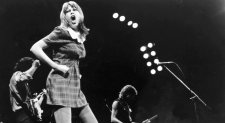

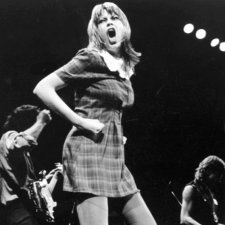
An interview with the iconic Australian rocker Chrissy Amphlett.
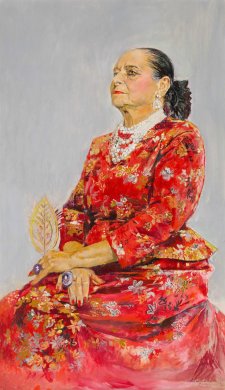
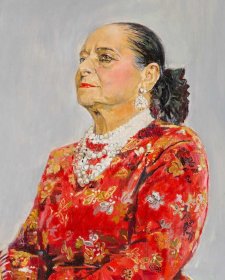
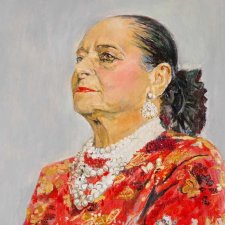
Well behaved women seldom make history, as the saying goes, and the National Portrait Gallery, consequently, is full of awesome Australian women who refused to conform to narrow ideas about their place and their worth.